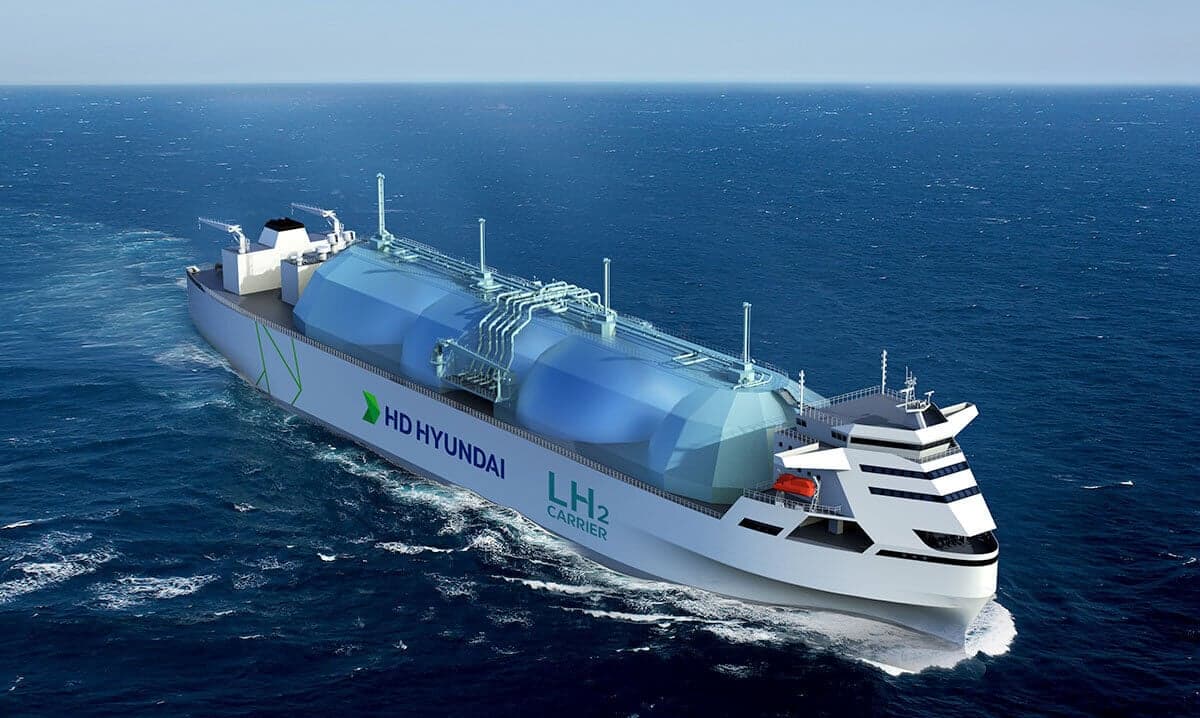
US-based FuelCell Energy (FCE) is exploring the integration of its solid oxide electrolysis (SOEC) platform with Korea Hydro & Nuclear Power’s (KHNP) nuclear power plants in South Korea for hydrogen production.
Under a Memorandum of Understanding (MoU), the two firms will look at producing low-cost hydrogen using high-efficiency SOEC technology and low-cost baseload nuclear power.
So-called pink hydrogen production uses nuclear electricity instead of renewable energy to power electrolysers.
Proponents claim it can provide a more consistent, stable way of producing hydrogen due to the consistent nature of nuclear energy production – with the option to harvest excess heat to improve the efficiency of electrolysers (SOEC in particular).
KHNP, through its nuclear and hydroelectric plants, is responsible for around 27% of South Korea’s electricity and already operates some fuel cell assets.
KNHP Vice-President of Hydrogen, Kong Young-gon, said, “We are excited to partner with FCE to explore new opportunities in the path of energy transition through hydrogen initiatives”
FCE claims its SOEC can produce hydrogen at 100% efficiency when using excess heat and is hopeful that the collaboration will lead to some success.
“By combining our expertise with KHNP’s extensive experience in the energy sector and [its] country-critical power generation fleet, we are well-positioned to drive innovation and create sustainable energy solutions,” said Jason Few, President & CEO of FCE.
In August, FCE, alongside consortium members, was awarded CAD $4.9m to develop two nuclear-powered hydrogen-based e-fuels projects in Canada.
Read more:Canada backs nuclear-powered hydrogen-based e-fuels projects
At the forefront: The renewed role of nuclear power
84 years on from the discovery of nuclear fission – splitting atoms to release energy – the nuclear industry in 2022 seemingly entered a new realm of energy production. December saw a group of US scientists perform a breakthrough in nuclear fusion – combining atoms to release energy – where hydrogen played a central role.
The experiment at the National Ignition Facility (NIF) at the Lawrence Livermore National Laboratory (LLNL) in California, US, saw a series of increasingly powerful laser systems create temperatures and pressures such as those in the core of stars to kickstart a fusion reaction, which forced hydrogen atoms together and released energy.
Despite only delivering 3.15MJ of energy output, it is hoped the experiment could pave the way for nuclear fusion to become a key part of our energy system. Elina Teplinsky, Partner and Nuclear Energy and Hydrogen Expert at Pillsbury Winthrop Shaw Pittman, as well as the co-leader in the Nuclear Hydrogen Initiative (NHI) told H2 View that the development came as a turning point in demonstrating the commercial viability of fusion.
Teplinsky added that although fusion is not yet commercially available today, it could play a role in future hydrogen production, saying, “Nuclear fusion could also be paired with hydrogen production in the future. We have had fusion companies participating in NHI meetings, and that’s an area that will be really interesting to explore as fusion moves closer to commercial scale demonstrations.”
Despite nuclear fusion looking set to remain an ‘energy of tomorrow’ for several more years, the breakthrough has brought nuclear energy back into the spotlight of our energy conversation. In a world where we need to move away from carbon-intensive fuels, it begs the question of whether nuclear energy could play a key, renewed role…
Click here to keep reading.







